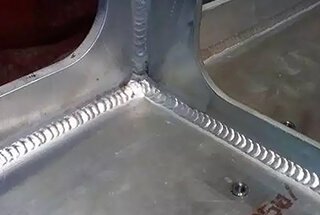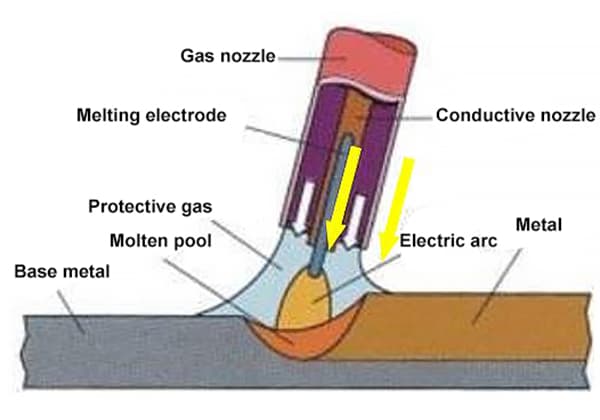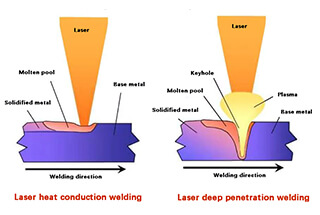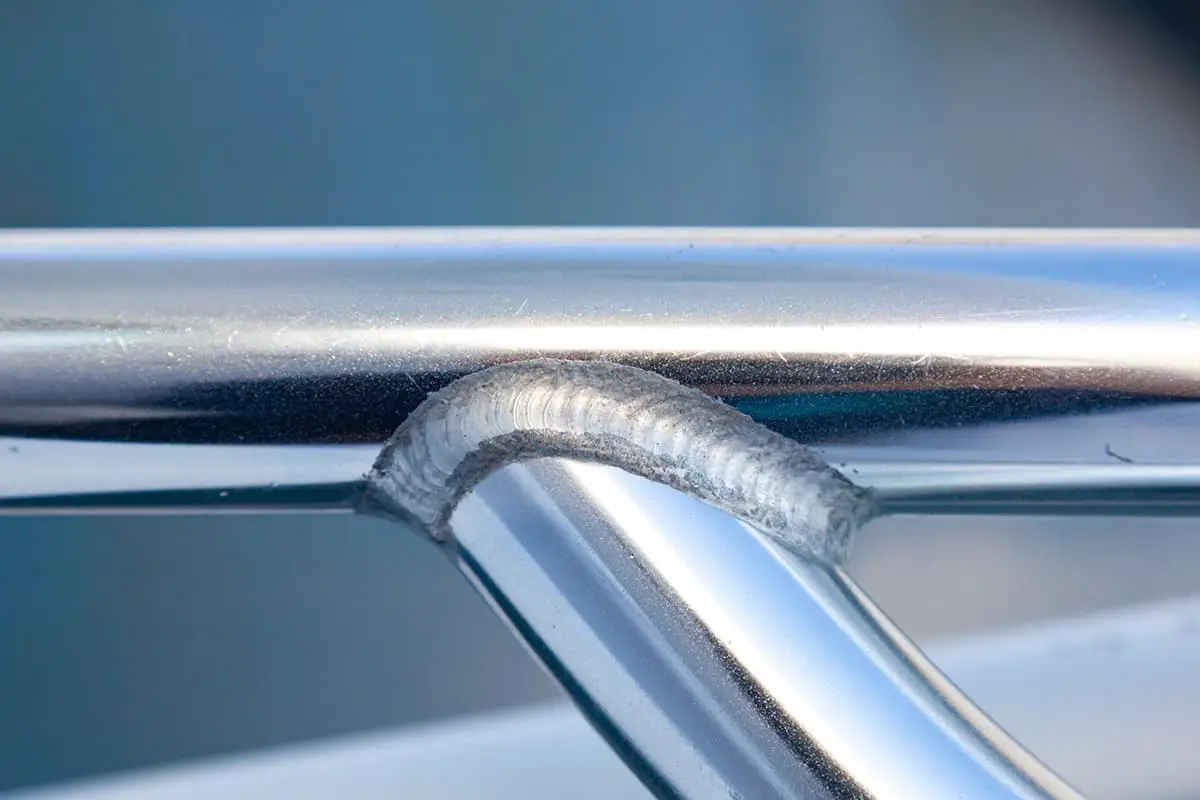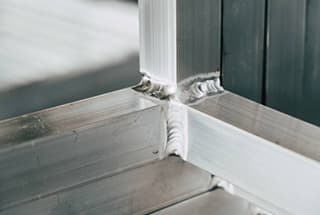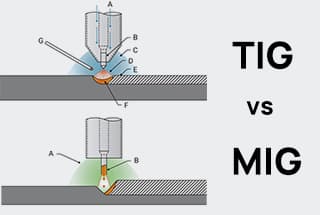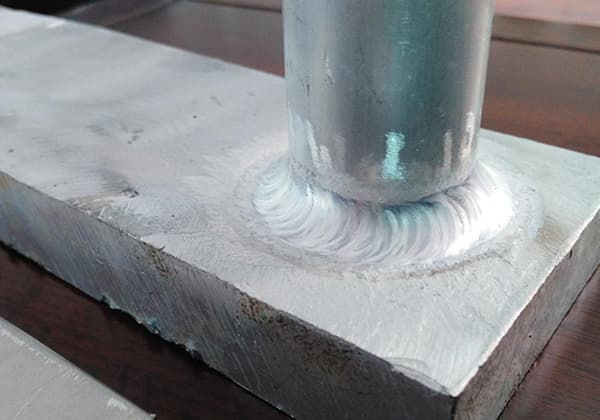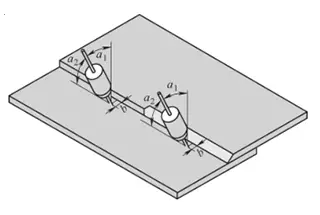
Imagine transforming lightweight aluminum into strong, versatile structures using Metal Inert Gas (MIG) welding. This technique not only ensures high-quality, consistent welds but also addresses common issues like misalignment and deformation. Dive into this article to uncover the benefits, precautions, and protective measures essential for mastering aluminum MIG welding. Whether you’re in the automotive or aerospace industry, this guide will equip you with crucial knowledge to enhance your welding process and safeguard your health.
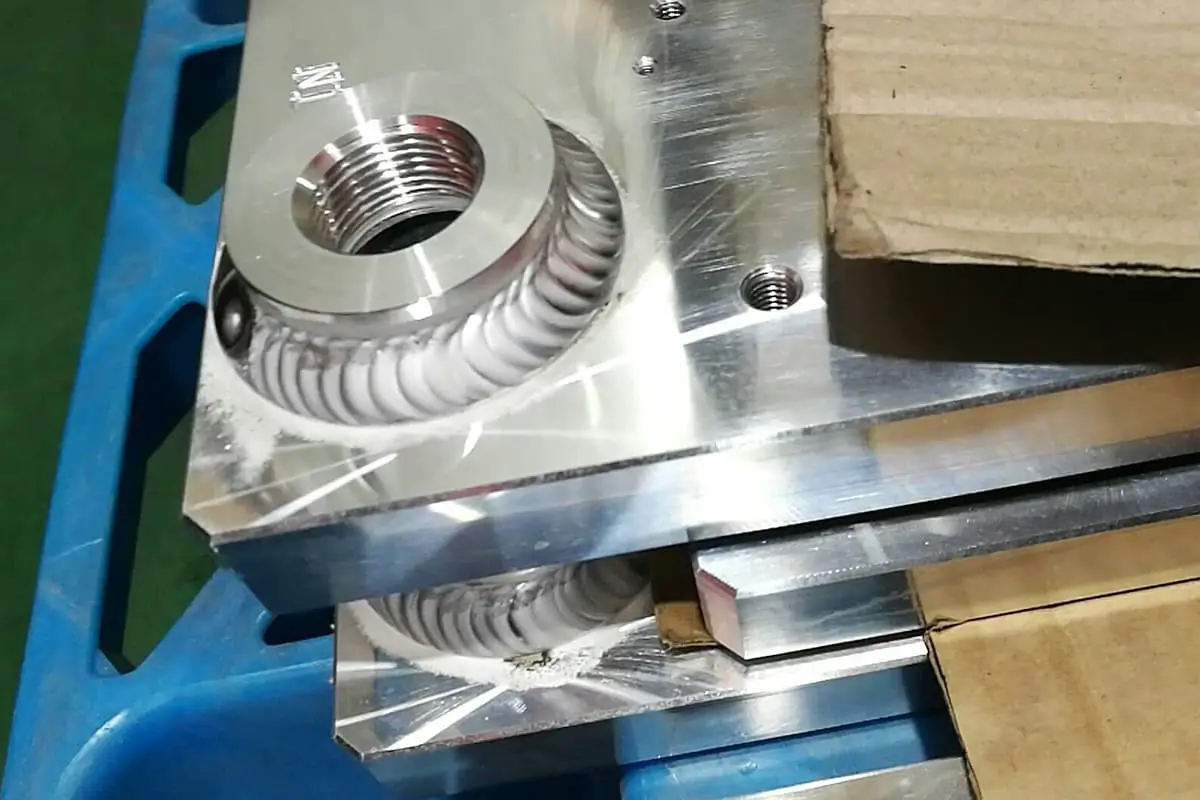
Aluminum alloy has a very low density and is lightweight; however, it has a high strength, comparable to, or even exceeding that of high-quality steel. It is malleable, easy to process into various profiles, and has excellent electrical and thermal conductivity and corrosion resistance.
Aluminum alloy is extensively used in industries such as automotive, aerospace, mechanical manufacturing, and shipbuilding, making it one of the most widely used alloy materials. Hard aluminum alloys belong to the Al-Cu-Mg system and usually contain a small amount of Mn.
They can be heat treated for strengthening, characterized by high hardness but poor plasticity. Super-hard aluminum belongs to the Al-Cu-Mg-Zn system, can also be heat-treated for strengthening, and has the highest strength among aluminum alloys at room temperature.

However, it has poor corrosion resistance and softens quickly at high temperatures. Forged aluminum alloys are mainly Al-Zn-Mg-Si alloys. Although they contain many types of elements, the quantities are small, hence they have excellent thermoplasticity and are suitable for forging.
With the rapid development of industrial levels, the demand for welded aluminum alloy structures is increasing, thus promoting in-depth research into the welding performance of aluminum alloys.
The primary welding processes for aluminum alloys include Tungsten Inert Gas (TIG) welding, Metal Inert Gas (MIG) welding, friction stir welding, and resistance spot welding.
MIG welding is an arc welding process that utilizes protection through argon gas or a mixture of inert and active gases. The fundamental difference between MIG and TIG welding is the replacement of the tungsten electrode in the torch with a metal wire.
In MIG welding, the wire is melted by the arc and fed into the welding zone, driven by power-driven rollers that feed the wire from the reel into the torch according to welding needs. The shield gases used in both processes are different; 1% oxygen is added to the argon gas to improve arc stability.
There are also differences in spray transfer, pulsed-spray, globular transfer, and short-circuit transfer.
DC power, not AC, is the heat source for MIG welding. This is due to the effects on arc stability and consistency during the welding process if DC power is not used. For situations where AC welding is not used, DC positive and DC reverse polarity are two different selection options, with MIG welding typically using DC reverse polarity.
This is because the arc is stable when DC reverse polarity is chosen, and it produces a better effect that effectively prevents the formation of a metal oxide film during welding, which is very beneficial for magnesium, aluminum, and their alloys.
Lastly, when using DC reverse polarity, the wire melting speed is faster, and the production efficiency is higher. MIG welding is reliable and produces consistently high-quality results, making it most suitable for welding medium-thick plates of aluminum and aluminum alloys.
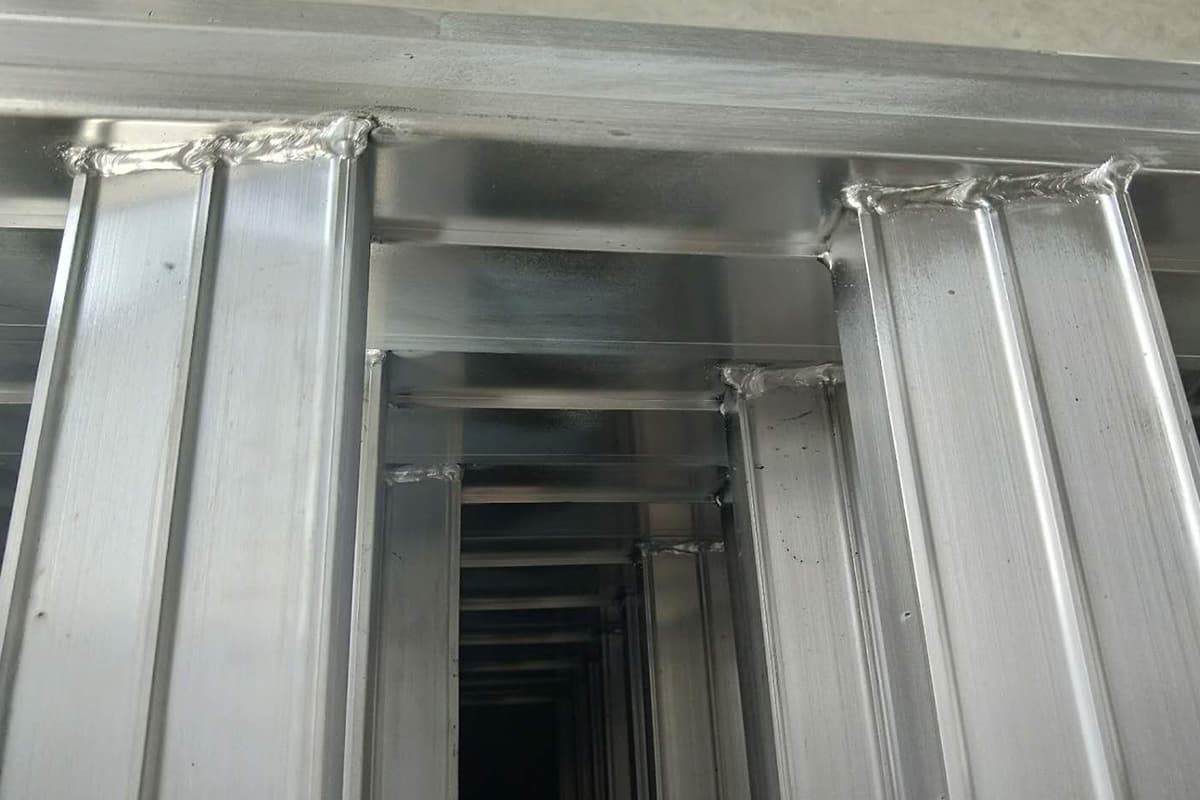
During the MIG welding process, problems such as misalignment and deformation can occur. Hence, the following issues must be mindfully addressed during operations.
In MIG welding, misalignment between the components can easily occur due to defective tooling fixture design or non-standard operations. This necessitates the need for thoughtful fixturing and meticulous attention during assembly.
Even with optimal tooling, aluminum alloy sheets can still deform due to the excessive heat produced in the MIG welding process, leading to warping of the entire sheet. Small deformations can be corrected by evenly hammering with a wooden mallet.
However, severe deformations require flame heating, adjusting the flame’s temperature and timing to achieve the desired shape.
The black residue produced during aluminum MIG welding primarily consists of oxides such as magnesium oxide and manganese oxide. The presence of excessive black oxide during single-layer welding typically indicates insufficient shielding.
During multi-layer welding, the appearance of black oxide at the root pass indicates good penetration, as the molten metal oxidizes with the air beneath the weld and rises to the surface.
If black oxide appears on the cover pass, it suggests inadequate shielding. With sufficient shielding, two white bright strips should appear on either side of the weld.
Aluminum alloy has a low melting point and generates substantial amounts of aluminum oxide dust under high-temperature arc, posing a significant risk to workers’ respiratory systems.
Furthermore, the alloying elements in aluminum alloy can create harmful oxide particles during operation. Despite their low concentration, these alloy element oxides can still harm human health.
Aluminum alloy MIG welding dust can cause diseases like pneumoconiosis, dementia, osteomalacia, and anemia, necessitating effective protection against it.
The fundamental objective of protecting against aluminum alloy MIG welding dust is to prevent harmful dust inhalation. Experience shows that if aluminum alloy welding operations are not frequent in the production environment, a filtering respirator can generally suffice in preventing workers from inhaling harmful dust.
However, if aluminum alloy welding operations are frequent, relying solely on filtration is insufficient. Comprehensive usage of both filtering respirators and effective ventilation systems is required.
Moreover, for aluminum alloy MIG welding, utilizing a pulse power source can not only enhance the welding quality but also decrease the generation of aluminum oxide dust. In work environments where aluminum alloy MIG welding is performed, the workers’ skin and clothing are prone to dust accumulation.
Once the welding dust settles on these areas, it can harm the workers’ health, necessitating regular cleaning of hands and clothing to ensure safety.
Overall, while aluminum alloy MIG welding dust poses a significant risk to human health, this risk can be effectively controlled by strengthening production management and enhancing workers’ awareness of protection in the actual manufacturing process.


